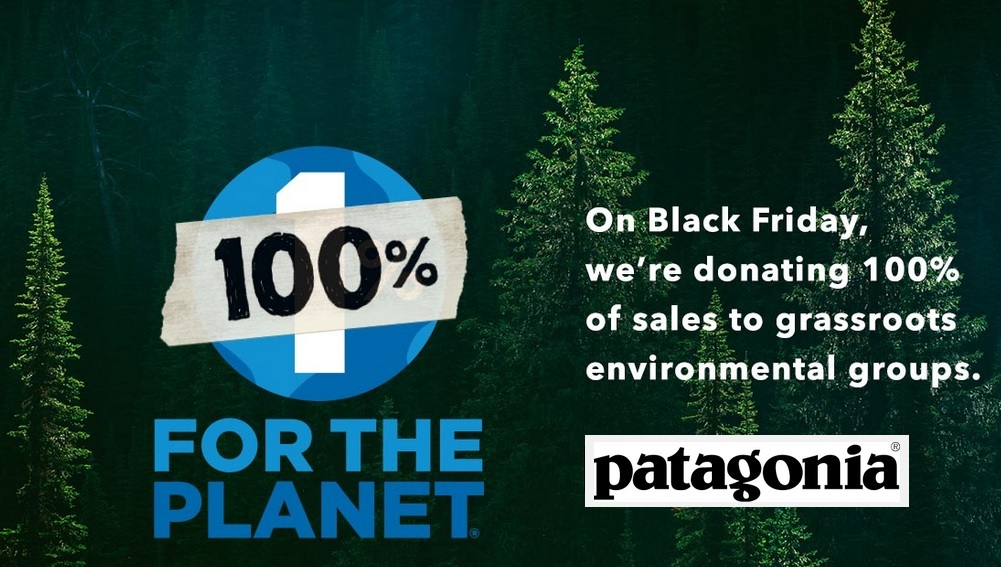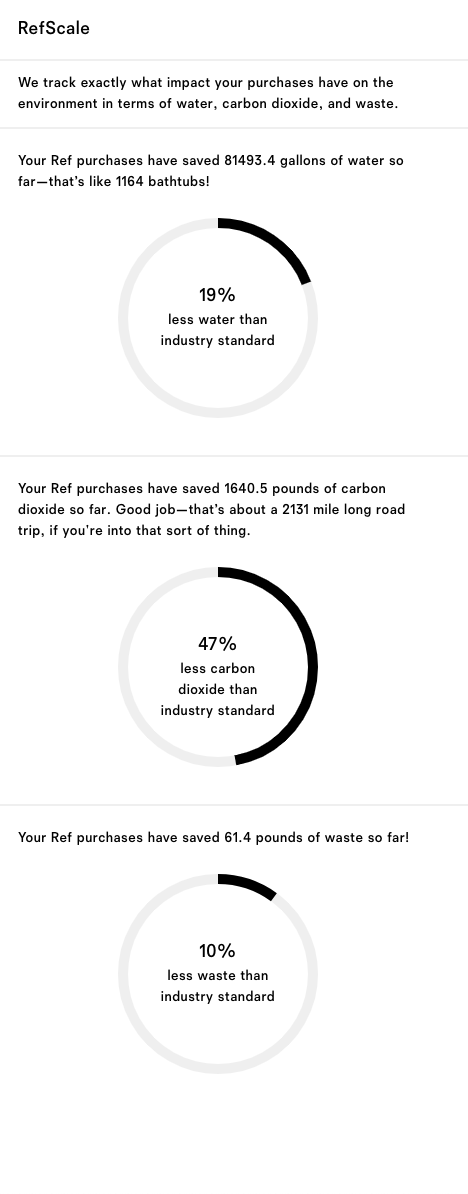For today’s brands and businesses, being mission-driven is mission-critical for success. Another way to say it? Purpose is profitable. Today’s consumers care about brands’ philanthropy and purpose.
Why now? Consumers are fed up with corporate carelessness. If Greta Thunberg can sail across the Atlantic to protest climate change, companies can take accountability for their actions. Today, brands that are exposed for abhorrent or inauthentic activity are boycotted and exposed on social media, leaving a legacy of lechery behind.
Purpose by Numbers
“The brands that will thrive in the coming years are the ones that have a purpose beyond profit,” shared Richard Branson. And he’s completely right.
- 80% of consumers say when they buy a product from a purpose-driven company, they feel they are doing some part in making a positive impact.
- 66% of Americans would even switch from a product they typically buy, to a new product from a purpose-driven company.
Want customers on your side?
- 79% of Americans say they would be more loyal to a purpose-driven company
- 73% would be likely to defend a purpose-driven company if people spoke badly of it.
By weaving purpose into your value proposition, brands can ensure business today and in the years to come (we love a good LTV boost).
New Year, New Mission
New Year’s resolutions—you either love them, or you hate them. And if you hate them, it’s likely that you set goals that you break in the first few days (take it from us, limiting sugar intake starting January 1 is setting yourself up to fail). But, we digress. New Years is an opportunity for reinvention and it’s the perfect opportunity for a business to launch a new mission.
While you’re sipping mulled wine and roasting chestnuts during the holiday season, take a moment to think about goodness, growth, and purpose.
Here’s how to build a mission-driven brand for the new year.
1. Think Big.
There’s a reason no one is bragging about summiting The Crown or K6. Why not? Because Everest and K2 exist. Sensationalism sells. Not trepidation or consideration.
Brands should build missions with the same high-impact mindset. Why feed a man a fish when you can teach a man to fish, sustainably? Patagonia wrote the rule book on high-impact purposes. Heck, their mission statement is “we’re in business to save our home planet.” Try to think of a more epic purpose statement, we’ll wait.
The global good outdoor clothing retailer reached $10 million in sales during its recent Black Friday event—a “record-breaking” figure five times greater than what the company had initially predicted.
Following its record sales, Patagonia put its money where its mouth is by announcing on Twitter that it would donate every penny made to “hundreds of local environmental organisations working around the world”.


Patagonia is the poster-child for purpose and profit, with a continued annual sales of US $1B.
While many companies are jumping on the greenwashing bandwagon, in a move to prove their eco-credentials and convince customers they really are driven by a purpose greater than just profits, Patagonia has been giving back since day one.
2. Think Smart.
Would you buy fresh seafood from The Home Depot?
Some services just don’t go together. The same goes for purpose and philanthropy. Brands and businesses should be smart when building a purpose or mission statement.
Wouldn’t it make sense for McDonald’s to tackle issues directly caused by their supply chain, like reducing emissions? Or for Chewy to tackle animal abuse? To make the greatest impact, brands and businesses should stay in their proverbial lanes.
Think about the fashion industry which, over the past 40 years, has created a vast, complex supply chain. What consumers see in-store is only the surface of the $1.3 trillion industry’s impact. Behind the scenes, brands work with factories and mills, farmers, designers, shipping, boxing, and transportation.
The fashion industry is reckoning with its devastating environmental footprint. And rather than wait idly by as the world is decimated, brands are tackling this impact head-on. How? By investing in regenerative agriculture, which, without getting into the details (because we don’t know the details), is designed to reverse damage done to the environment.
Timberland is building a regenerative rubber supply chain in Thailand, which will grow various tree species to mimic a natural forest ecosystem. Allbirds announced that all of its wool will come from regenerative sources by 2025. Kering, which owns Gucci, has launched a regenerative fund together with Conservation International.


Allbirds promises to only use wool from regenerative sources by 2025.
These brands aren’t just interested in doing less harm. They’re focused on reversing it in a smart way for them, their industry, and the world around us.
3. It Takes Two.
A Harvard Business Review article, published in the 2013, explained that customers prefer to share purpose with companies, not sit on the sidelines. They want to feel like they are part of something bigger than themselves. They want to be a part of a community that helps the community.
Brands can bolster the impact of their philanthropy efforts by putting customers in the driver’s seat; empowering them to guide charitable impact.
Retailers and brands, like Crabtree & Evelyn and Sephora, allow customers to turn their loyalty and rewards points into donations. Rare Beauty allows customers to donate or round up to the brand’s Rare Impact Fund (which aims to reduce mental health stigmas) during checkout. “Checkout charity initiatives” aren’t new, but their impact is widely known. In 2018, point-of-sale fundraising campaigns alone raised over $486 million.
But brands don’t have to stop at checkout campaigns. As the conversation around transparency continues to underwrite brand-customer relationships, more concrete methods of demonstrating impact are preferred. Philanthropy can be more meaningful—to the community and to the customer—when integrated with the customer journey.
Take retailer Reformation as an example. Their mission: to bring sustainable fashion to everyone. With fast fashion negatively impacting our environment, Reformation stands out as a 100% carbon-neutral company, committed to holding themselves and others to a high standard of impact.
With Reformation, shopping really can make a difference.


Reformation tracks exactly what impact your purchases have on the environment in terms of water, carbon dioxide, and waste, when compared to industry standards.
Here, Reformation informs customers of exactly how their purchases—and choice in brand—are having a positive impact on the world. It creates a partnership in the joint mission to live sustainably. By bringing customers into the fold for your brand’s mission, you’re creating long-term, loyal partners.
Shared Purpose
For today’s workplaces, being aligned at every level of the business is a critical differentiator between companies primed for success and those poised for struggle. Developing a product and strategy is only a small part of the battle. Having a cohesive team that works together well, and effectively executes, is another essential ingredient..
But the ingredient that truly ignites growth and execution? Shared purpose. A hardworking team with a shared mission in mind is almost unstoppable.
Prioritize purpose and you not only have the power to make a difference, but you have the potential to increase customer lifetime value. Happy New Year, indeed.






























